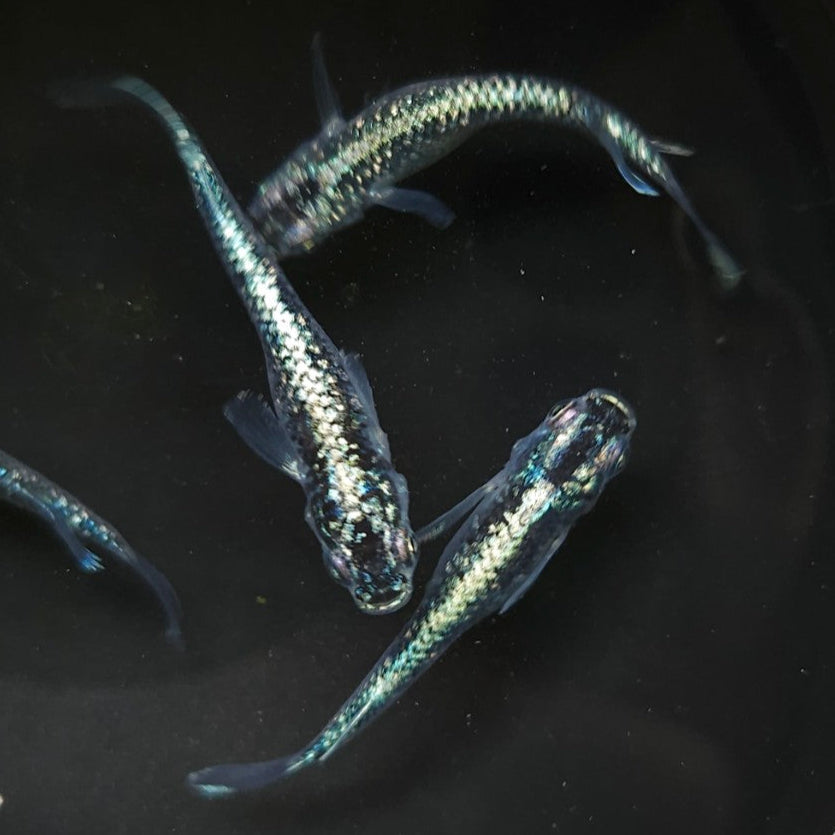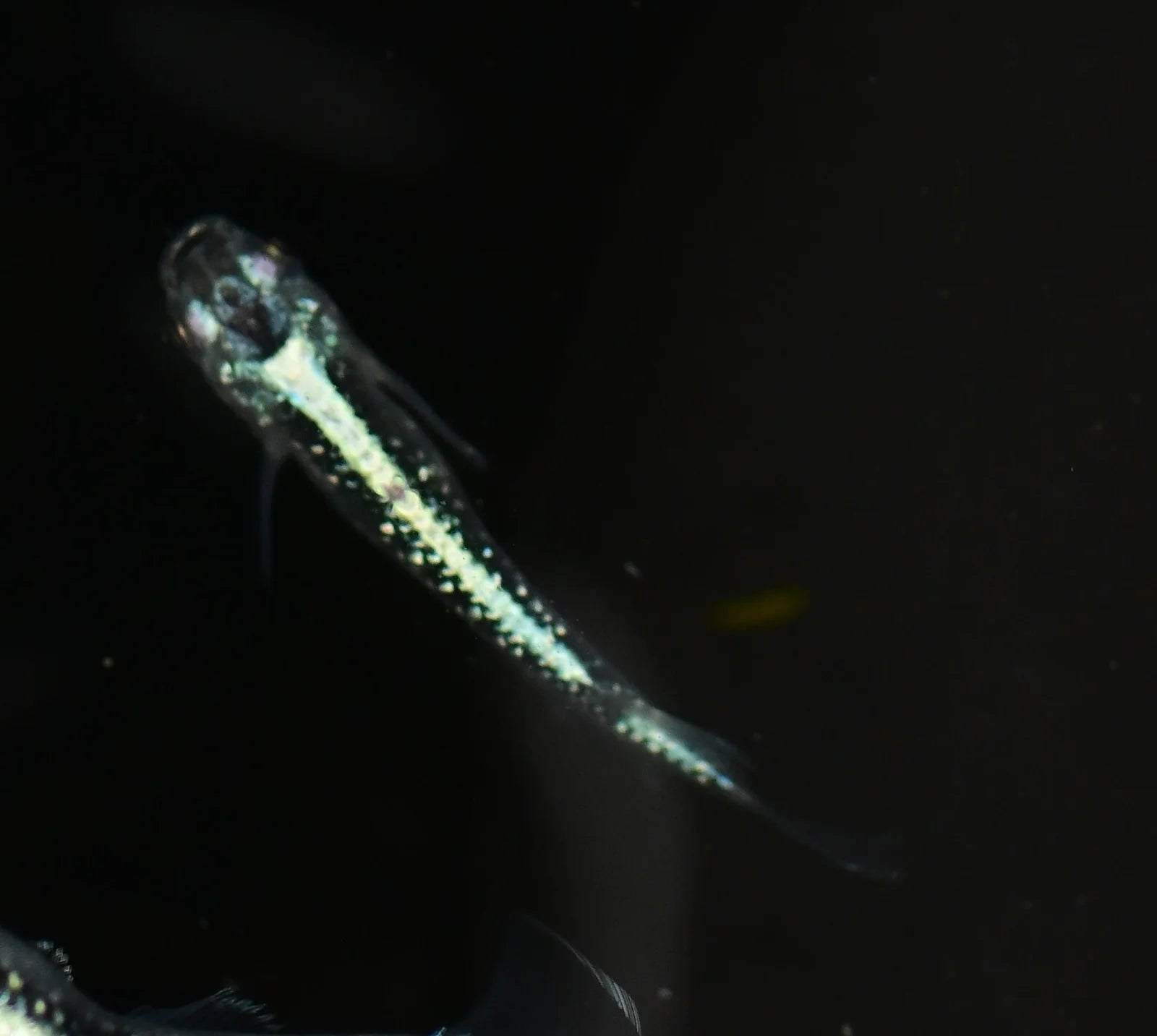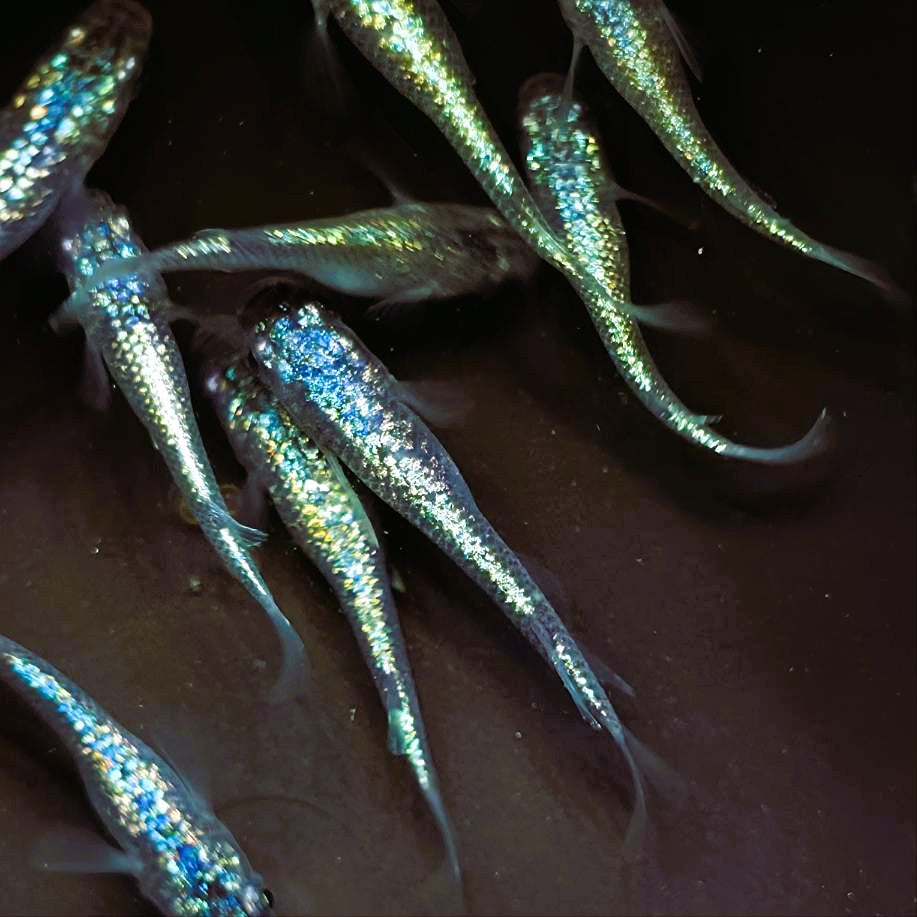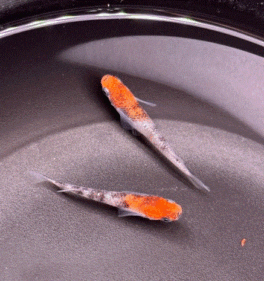How Our Medaka Pricing Works
Medaka Pricing Philosophy & Guide
💠 Medaka Pricing Philosophy
At SNR Medaka USA, we take great care in setting fair and transparent prices that reflect both the original import cost and the effort involved in breeding within the U.S.
For example, when a medaka strain is first imported, the total import cost per pair is around $130. This includes the fish price, international shipping, and domestic delivery.
Once the strain is established and successfully bred in the U.S., the price is typically adjusted 30–50% lower so that more hobbyists can enjoy high-quality Japanese lines.
A strain that originally costs about $130 per pair (as an example) may be offered in the U.S. for around $35–$55 per fish (about $70–$110 per pair), depending on its quality, stability, and rarity.
Not every fish from a breeding project is suitable for sale. Even if a pair spawns daily, only selected offspring that meet our standards are offered. Our pricing reflects this selective breeding process, ensuring that only healthy, well-balanced, and well-colored fish are made available.
🌿 Seasonal and Availability Factors
For U.S.-bred medaka, prices may fluctuate slightly depending on the breeding season and availability. When certain strains are limited in stock, prices may be higher to reflect their rarity and breeding difficulty.
🐣 Juvenile and Young Adult Sizes
Juvenile medaka are offered at a lower price because they are sold before final grading, meaning they haven’t yet shown their full coloration or pattern, and some natural variation may still occur as they grow. Juveniles are typically around 1–2.5 cm in size.
The ideal size for purchase is the young adult stage. At this size, the fish are mature enough to show their true coloration and body balance but still young enough to adapt quickly to new environments. Most of our customers purchase medaka for breeding purposes, and young adults are the best stage for that.
Medaka do not begin breeding immediately after arriving in a new environment. They usually need time to adjust to new water conditions, temperature, and feeding routine. Once they’ve acclimated and are kept under stable, optimal conditions, they begin to breed naturally. For this reason, we recommend young adults as the most suitable size for those planning to start breeding soon after purchase.
🌸 Group Import Pricing
For those participating in our Group Import program, prices are lower than our regular retail prices listed on this website.
We separate our pricing into three main categories:
- Fish Cost (C.C. Price) – the base cost of medaka (per pair)
- International Shipping Fee – the combined cost of air cargo transportation, airline handling fees, tariffs import duties, and etc.
- Domestic Shipping Fee – delivery from our facility in North Carolina to your address
The international shipping fee generally ranges from $25 to $30 per pair, depending on airline charges, fuel surcharges, and customs tariffs. In previous group imports (2024–2025), the average fee was $25 per pair. When more participants join a group import, the cost per pair may decrease since international shipping expenses are shared among all members.
Unlike regular retail orders, group import shipments are not flat-rate. Domestic shipping is calculated based on actual package weight rather than a fixed price.
While we initially introduced flat-rate shipping to reduce the cost burden for retail customers, group import pricing already includes significant discounts compared to our standard website pricing. Therefore, domestic shipping costs are billed separately based on actual weight and distance. Heavier orders will naturally cost more to ship, so please keep that in mind when placing larger orders.
While prices vary by strain, group import participants always receive a discounted rate compared to our regular retail listings.
This is our way of giving an advantage to hobbyists who join our group imports and support responsible, legal medaka sourcing.
Please note: not all medaka imported through our Group Import program are guaranteed to become U.S.-bred lines. Because these are living creatures and our breeding space is limited, it’s not possible to breed every imported fish. Some strains may remain import-only depending on space, season, and breeding priorities.





